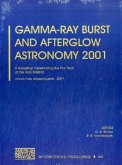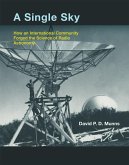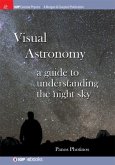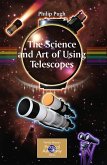X-ray timing allows us to probe the behavior of matter in intense gravitational fields close to black holes and neutron stars and also to see X-rays emitted from the surface of neutron stars and thus probe their spins and fundamental properties. NASA's Rossi X-Ray Timing Explorer (RXTE) has made great advances in our understanding of neutron stars and black holes since its launch eight years ago. At this conference, the achievements of RXTE were reviewed, with an emphasis on advancements made in the past three years. The scientific need and the technical development of a successor mission to RXTE were also discussed.This volume covers a comprehensive review of the results from one of NASA's major space astronomy observatories. Topics include: scientific challenges for X-ray timing; black hole timing; black hole spectra; jets; active galactic nuclei; millisecond X-ray pulsars; X-ray bursts; soft gamma repeaters and anomalous X-ray pulsars; cataclysmic variables and X-ray pulsars; timing capabilities of planned missions; and instrumentation for X-ray timing.








